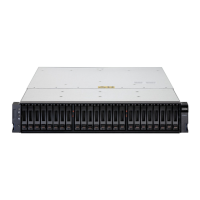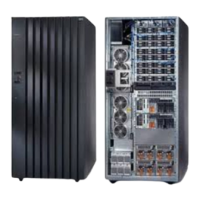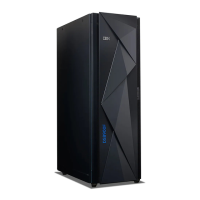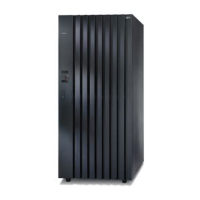7065DS3KBasicConfig.fm Draft Document for Review August 30, 2007 12:59 am
82 IBM System Storage DS3000: Introduction and Implementation Guide
To define an array automatically, continue with step 3.
To define an array manually, go to step 4.
3. To define the array automatically, first select the RAID level. Depending on your selection,
you will then be presented with multiple possible array configurations of different numbers
of physical drives which may or may not offer enclosure loss protection. Enclosure loss
protection means that all array members are in different DS3000 and EXP3000
enclosures.
You can choose between RAID 0, 1, 3, or 5 - if you pick RAID 1 and select four or more
drives, then RAID 10 (striping and mirroring) will be automically used on the array, as
shown in Figure 4-47.
Select the array capacity which best suits your needs and click Next to continue. This will
create the array with selected parameters.
Figure 4-47 Create Logical Drives - Specify Capacity (automatic)
In our case, we selected a RAID 1 array across two physical drives. The drives are in
different enclosures, so we do have enclosure loss protection.
Go to step 5 to continue with logical drive definition.
4. This is the manual array definition step. You need to specify the RAID level and then select
the physical drives which will become array members. The number of drives will depend
on RAID level:
– For RAID 0, you can select any number of drives.
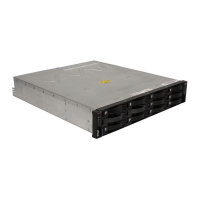
